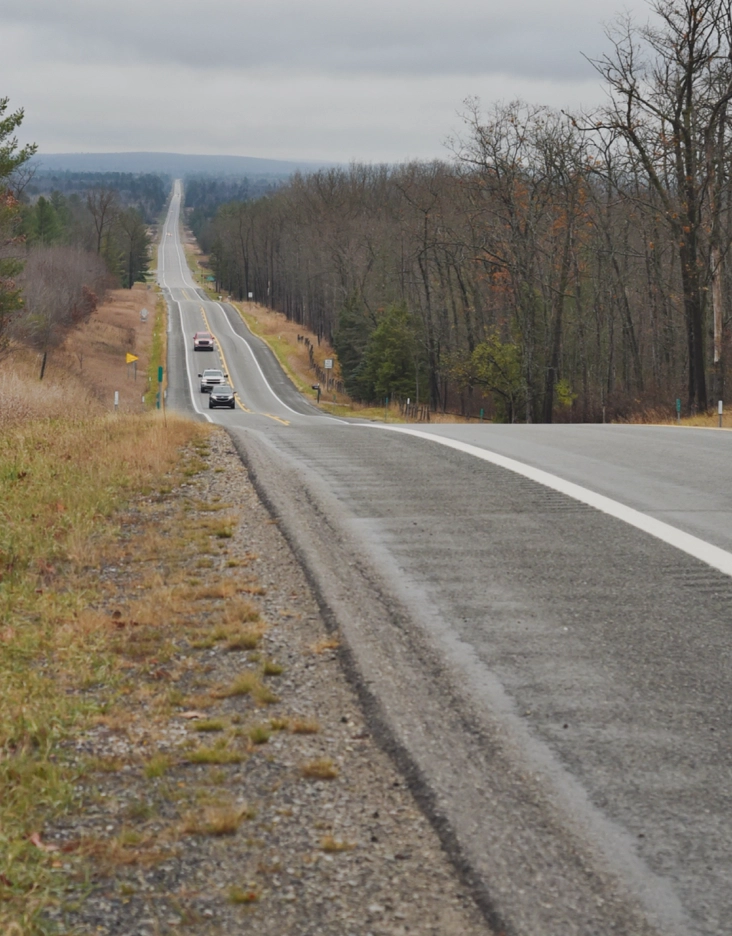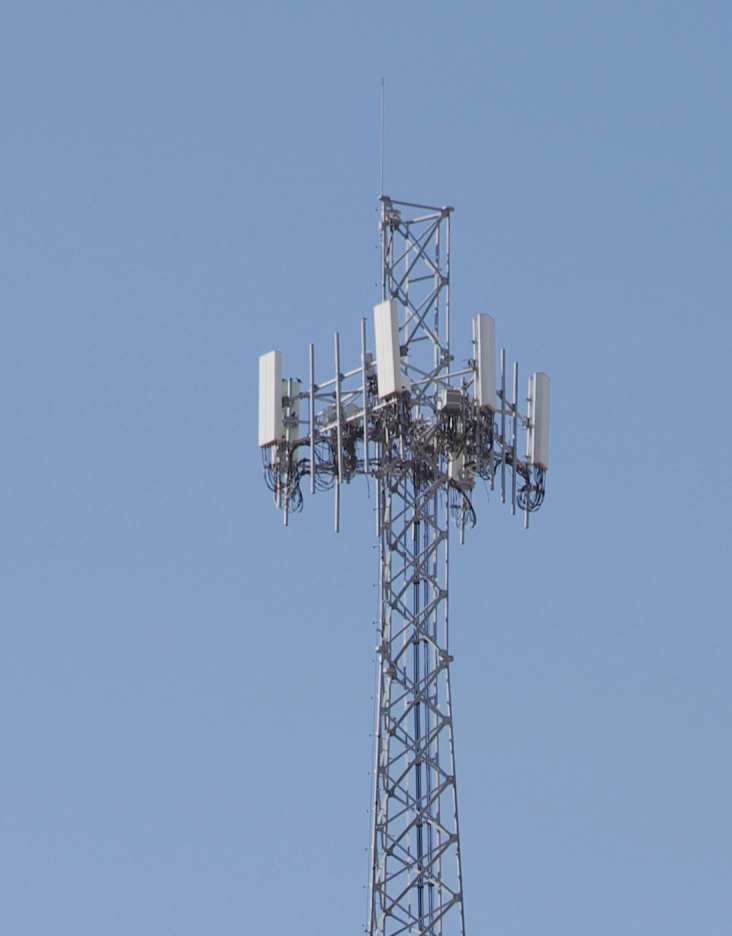Evaluating Rural Telehealth Access
Based on data from the Rural Telehealth Evaluation Center (RTEC), this evaluation examines the impact of broadband quality on telehealth access in rural areas. The analysis highlights key trends in usage, community sentiment, and affordability, offering insights into the challenges of achieving reliable and equitable connectivity.

Telehealth Adoption and Connectivity

Higher Adoption with Better Broadband
Telehealth usage grows significantly in areas with reliable, high-speed internet.
Access to Advanced Services
Strong broadband supports video consultations and remote monitoring.
Healthcare Gaps in Low-Speed Areas
Poor connectivity limits telehealth adoption, creating healthcare gaps.
- PDF An examination of the implementation and effectiveness of a broadband pilot program targeting rural communities in the United States
- PDF Consumer perceptions of broadband and telehealth across Telehealth Broadband Pilot Program counties
- PDF Perceptions of how broadband and other influences impede or facilitate telehealth utilization among healthcare stakeholders in TBP sites
Resident Perspectives on Connectivity

Satisfaction with Current Service
Some accept their limited internet for basic needs.
Desire for Better Options
Many want improved broadband and recognize its limitations.
Perceived Lack of Choices
In some areas, residents feel stuck due to limited provider options.
Telehealth Disparities Between Urban and Rural Areas

Telehealth Availability in Rural Clinics
Rural clinics are less likely to offer telehealth.
Access Disparities
Urban residents have greater access to teleheath services.
Healthcare Choices in Rural Areas
Limited telehealth access restricts healthcare options in rural regions.
- PDF An examination of the implementation and effectiveness of a broadband pilot program targeting rural communities in the United States
- PDF Cost and policy implications for broadband expansion in Alaska, Michigan, Texas, and West Virginia
- PDF Poor Representation of Rural Counties of the United States in Some Measures of Consumer Broadband - Brief
- PDF A comparison of promised and received broadband capacity for rural communities: Results from a broadband pilot program
Challenges to Telehealth Access

Digital Literacy Gaps
Many lack the skills to navigate telehealth platforms.
Unreliable Infrastructure
Outages and poor connections disrupt telehealth access.
Limited Support Services
Lack of local tech support hinders troubleshooting efforts.
- PDF An examination of the implementation and effectiveness of a broadband pilot program targeting rural communities in the United States
- PDF Poor Representation of Rural Counties of the United States in Some Measures of Consumer Broadband - Brief
- PDF A comparison of promised and received broadband capacity for rural communities: Results from a broadband pilot program
Financial Barriers to Connectivity

Value of Connectivity Improvements
Users benefit most from upgrades at lower speeds, such as moving from 1 Mbps to 25 Mbps.
Income-Based Limitations
Lower-income households value speed increases differently than higher-income ones.
Cost Considerations in Access
Financial constraints make even modest improvements unattainable for some residents.